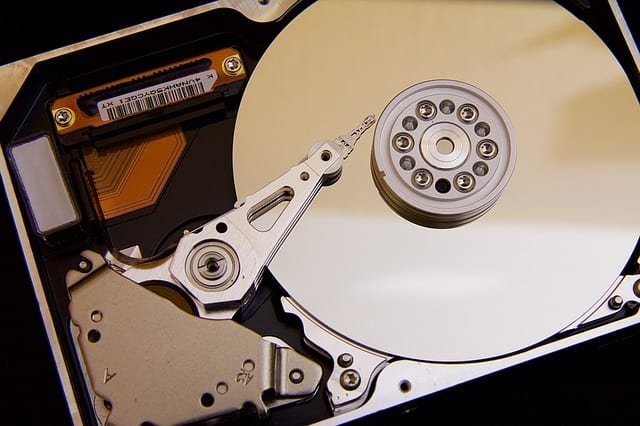One way of organizing content in your Windows computer is by storing them not just in different folders, but also in different drives. If you have a large physical drive, you can shrink its existing partition and use the unused space to create more partitions. For instance, you can set aside a partition for your operating system, another for media files, another as a network drive, and so on.
All you need to accomplish this is the Disk Management built-in tool in Windows. You can find it in the Control Panel. Alternately, press Start, type partitions in the search field and select Create and format hard disk partitions. Before you proceed any further, you should back up your drives first in case things go awry.
Among the listed drives, select one whose volume you want to shrink. Right-click on it and select Shrink Volume…. Wait for your computer to make some calculations and, when the Shrink dialog box appears, adjust the drive’s volume in the Enter the amount of space to shrink in MB textfield. For example, type 2000 when you want to free up 2GB of space. Obviously, you should type a smaller number than the current size of the drive. Click the Shrink button and wait for the computer to finish the operation.
Once done, you should now see an unallocated space in the drive. Right-click it and select New Simple Volume…. Follow the instructions in the New Simple Volume Wizard to create your new partition. Steps include assigning a drive letter, choosing a file system and naming the new partition/volume. Once done, your physical disk now has a second partition. Simply repeat the process to create more partitions.
The Disk Management tool has its own limitations, including instances when it cannot properly adjust partitions per your specifications. Try third-party programs such as EaseUS Partition Manager Free, which does everything the Disk Management can more effectively.


